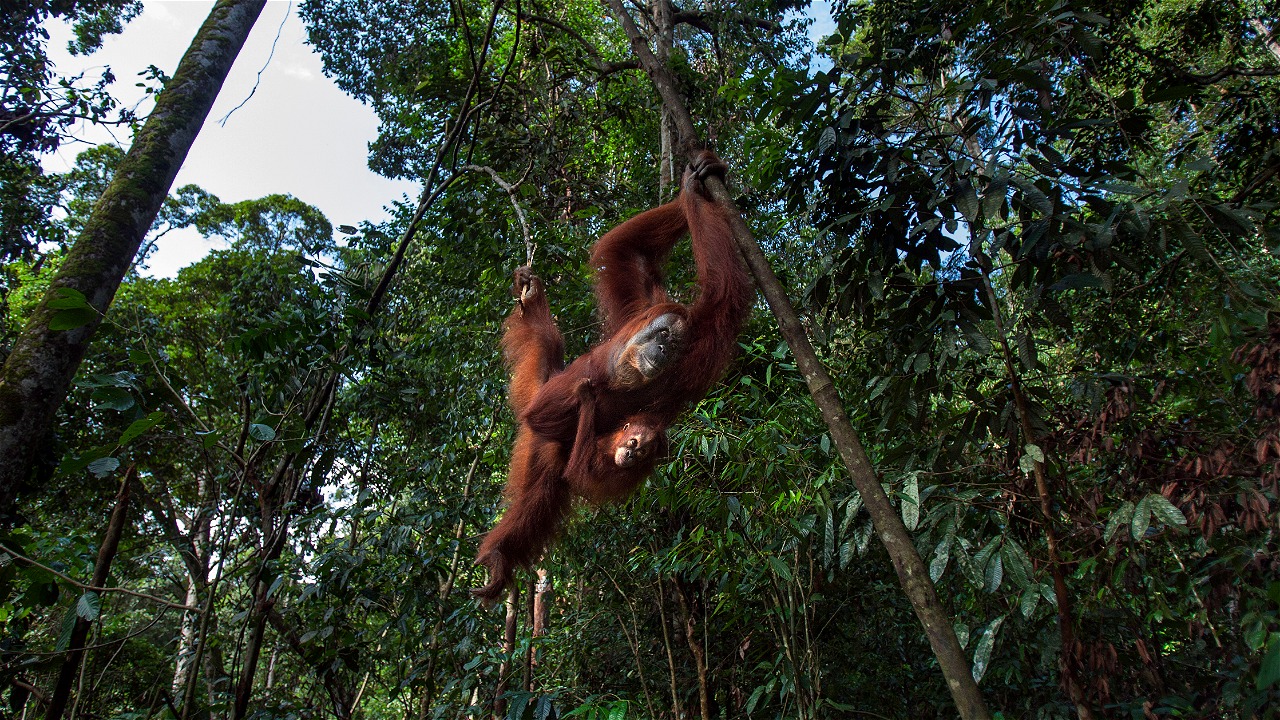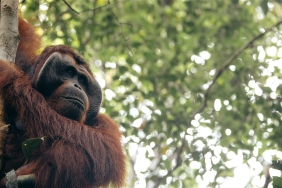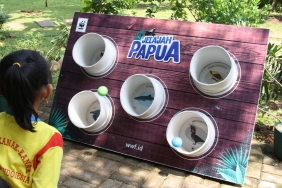PRESERVING ORANGUTANS FOR FOREST SUSTAINABILITY
By: Natalia Trita Agnika
On August 19 tomorrow, we commemorate Orangutan Day. This species is the only great ape in Asia. And the orangutan's native habitat is only on the islands of Sumatra and Kalimantan. Sumatran orangutans (Pongo abelii) have a reddish-brown and lighter hair color. Whereas the Bornean Orangutan (Pongo pygmaeus) has long, matted hair that is dark red-brown in color.
Currently, both the Sumatran Orangutan and the Bornean Orangutan are threatened with extinction. The World Conservation Union (IUCN Red List 2007 / IUCN Red List 2007) classifies the Bornean Orangutan as a critically endangered species, while the Sumatran Orangutan has been classified as a critically endangered species. Pongo pygmaeus.
Their original habitat in the forest has been disturbed by human activities. Deforestation for oil palm plantations, mining, and illegal logging have put orangutans under increasing pressure. Not only has their home been taken away, but their food sources are also becoming increasingly difficult to find. Not surprisingly, cases of orangutans being found near human settlements are increasingly common. Apart from habitat loss, the declining orangutan population is also caused by poaching and illegal trade. An alarming sight can be seen when these innocent-looking animals are cowering behind the bars of cages for sale. The irony is that the orangutans sold are usually young ones who have been separated from their mothers.
Through Orangutan Day, which will be commemorated tomorrow, we are reminded of the condition of these animals. Awareness to preserve this charismatic animal is needed. Saving orangutans is not just out of concern but also for the sustainability of the forest. Why is that? In the forest, orangutans help spread plant seeds. After eating fruit, they excrete the seeds along with their feces. The seeds grow quickly after passing through the orangutan's digestive tract. The movement of the orangutan causes the seeds to spread over a wide area. When they fall into fertile soil, the seeds will grow into new trees.
Not only that, orangutans also help the growth of new trees. Through their behavior of breaking tree branches and picking up leaves when feeding or making nests, the top of the tree becomes exposed. This allows sunlight to reach the ground. Small trees will also get sunlight and grow quickly. We can answer the call to preserve the forest by becoming an "Orangutan Warrior." Our support can ensure the continuation of habitat conservation and orangutan conservation programs for a better earth.





